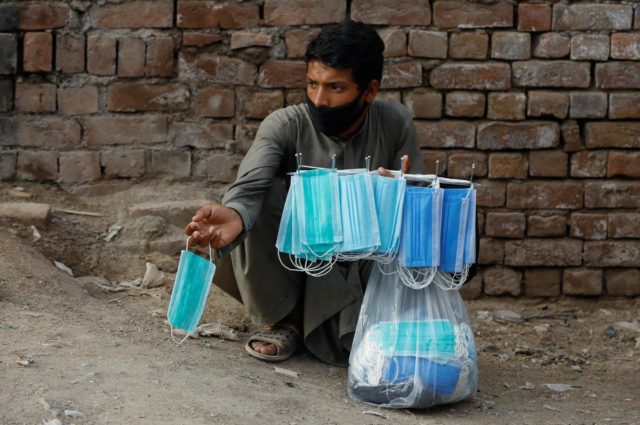Covering your face with a mask has now become a legal requirement in South Africa.
While scientific research has shown that wearing a face-covering can help reduce the spread of the novel coronavirus that causes Covid-19, not all masks are created equal, according to new University of Arizona-led research.
A recent study on masks by the University of Arizona was published in the Journal of Hospital Infection. The research assessed the shielding ability of several types of non-medical mask materials after 30 seconds, and then after 20 minutes of exposure in an area with high contamination risk.
The study found that infection risks were reduced by 24–94 percent up to 44–99 percent, depending on the type of mask and the length of exposure. The shorter the exposure, the lower the risk.
Amanda Wilson, environmental health sciences doctoral candidate in the Department of Community, Environment and Policy in the Mel and Enid Zuckerman College of Public Health, and lead author of the study, stated that it all came down to the density and the layering of the fabrics
The researchers ranked the mask types as follows:
N99
N99 masks, which are even more efficient at filtering airborne particles than N95 masks, are obviously one of the best options for blocking the virus, as they can reduce average risk by 94-99 percent for 20-minute and 30-second exposures, but they can be hard to come by, and there are ethical considerations such as leaving those available for medical professionals.

N95 masks, surgical masks, or masks with filters
N95 and surgical masks and, perhaps surprisingly, vacuum cleaner filters, which can be inserted into filter pockets in cloth masks are deemed as good. The vacuum filters reduced infection risk by 83 percent for a 30-second exposure and 58 percent for a 20-minute exposure.
Fabrics in multiple layers
Tea towels, cotton-blend fabrics and antimicrobial pillowcases were the next best for protection.
Single-layered scarves and cotton T-shirts
As the pandemic progressed, many authorities stated that any type of home-made covering can be worn over the face and nose. And while some protection is better than no protection at all, the researchers found that these options are only slightly effective – reducing your risk of infection by 44 percent after 30 seconds and 24 percent after 20 minutes.
Scarves
Scarves, which reduced infection risk by 44 percent after 30 seconds and 24 percent after 20 minutes, and similarly effective cotton t-shirts are only slightly better than wearing no mask at all, they found.
The World Health Organisation (WHO) and several other regulating bodies have issued guidelines on wearing masks, they advise the following:
- Choose a mask that covers your nose and your chin – the mask should fit snugly, but comfortably to avoid pulling and tugging at your face.
- Ensure that your mask consists of at least two layers.
- Wash your mask after use – and ensure that you have at least two to rotate.








